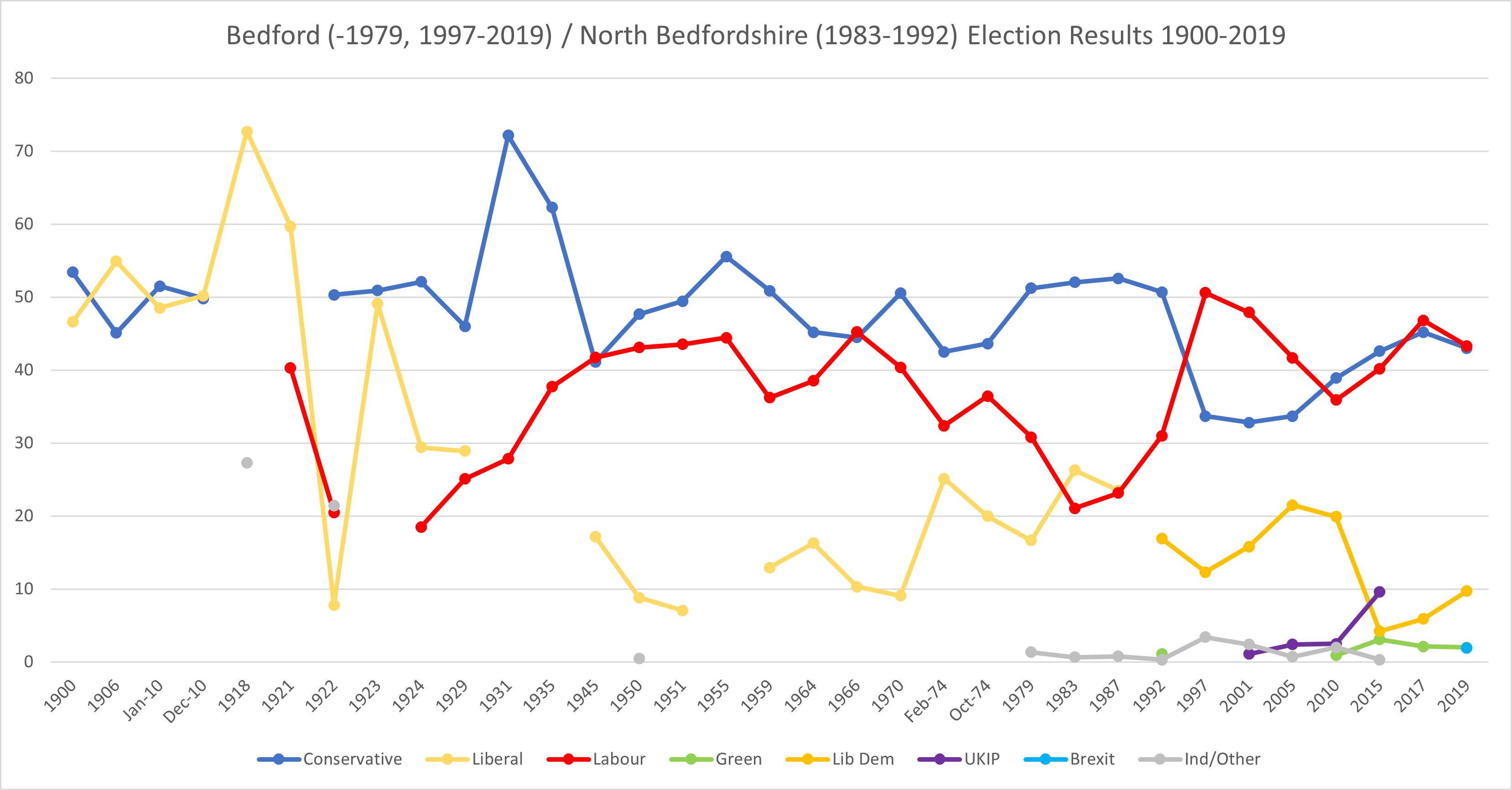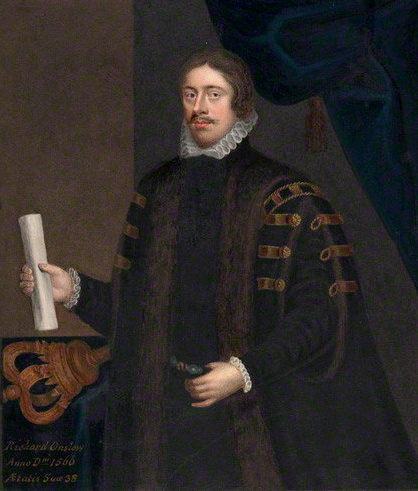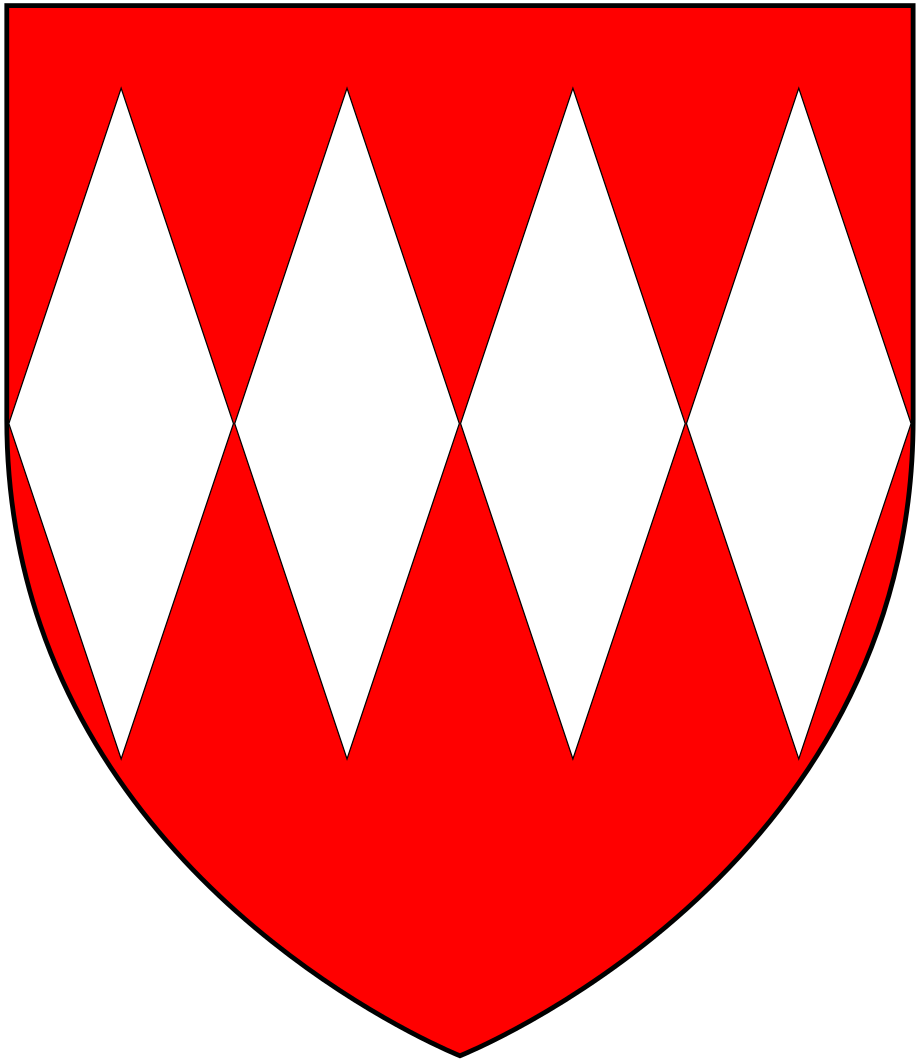|
Winch Baronets
The Winch Baronetcy, of Hawnes in the County of Bedford, was a title in the Baronetage of England. It was created on 9 June 1660 for Humphrey Winch, subsequently Member of Parliament for Bedford, Bedfordshire and Great Marlow and a Lord Commissioner of the Admiralty. He was the grandson and namesake of Sir Humphrey Winch. Winch had no sons and the title became extinct on his death in 1703, although it was erroneously assumed by his nephew, Humphrey Winch, of Branston, Lincolnshire. Winch purchased the Hawnes estate in Bedfordshire in 1654. However, it was sold in 1667 to Sir George Carteret, Bt. Winch baronets, of Hawnes (1660) *Sir Humphrey Winch, 1st Baronet Sir Humphrey Winch, 1st Baronet (3 January 1622 – December 1703) was an English politician who sat in the House of Commons of England, House of Commons between 1660 and 1689. Winch was the eldest son of Onslow Winch of Everton, Bedfordshire and ... (1622–1703) References * * {{DEFAULTSORT:Winch Extinct ... [...More Info...] [...Related Items...] OR: [Wikipedia] [Google] [Baidu] |
Baronetage Of England
Baronets are a rank in the British aristocracy. The current Baronetage of the United Kingdom has replaced the earlier but existing Baronetages of England, Nova Scotia, Ireland, and Great Britain. Baronetage of England (1611–1705) King James I created the hereditary Order of Baronets in England on 22 May 1611, for the settlement of Ireland. He offered the dignity to 200 gentlemen of good birth, with a clear estate of £1,000 a year, on condition that each one should pay a sum equivalent to three years' pay to 30 soldiers at 8d per day per man (total – £1,095) into the King's Exchequer. The Baronetage of England comprises all baronetcies created in the Kingdom of England before the Act of Union in 1707. In that year, the Baronetage of England and the Baronetage of Nova Scotia were replaced by the Baronetage of Great Britain. The extant baronetcies are listed below in order of precedence (i.e. date). All other baronetcies, including extinct, dormant (D), unproven (U), under ... [...More Info...] [...Related Items...] OR: [Wikipedia] [Google] [Baidu] |
Sir Humphrey Winch, 1st Baronet
Sir Humphrey Winch, 1st Baronet (3 January 1622 – December 1703) was an English politician who sat in the House of Commons of England, House of Commons between 1660 and 1689. Winch was the eldest son of Onslow Winch of Everton, Bedfordshire and his wife Judith Burgoyne, daughter of Roger Burgoyne of Wroxall, Warwickshire and his first wife Margaret Wendy, and sister of Sir John Burgoyne, 1st Baronet. His other grandfather was Humphrey Winch, Sir Humphrey Winch, Lord Chief Justice of Ireland (died 1625). Winch purchased the Hawnes estate (now known as Haynes Park) in Bedfordshire in 1654 and by 1659 had sold the manor of Everton which he had inherited from his father. Career In 1660, Winch was elected Member of Parliament for Bedford (UK Parliament constituency), Bedford in the Convention Parliament (1660), Convention Parliament. He was created a Winch baronets, baronet of Hawnes in the County of Bedford on 9 June 1660. In 1661 he was elected MP for Bedfordshire (UK Parliament ... [...More Info...] [...Related Items...] OR: [Wikipedia] [Google] [Baidu] |
Member Of Parliament
A member of parliament (MP) is the representative in parliament of the people who live in their electoral district. In many countries with bicameral parliaments, this term refers only to members of the lower house since upper house members often have a different title. The terms congressman/congresswoman or deputy are equivalent terms used in other jurisdictions. The term parliamentarian is also sometimes used for members of parliament, but this may also be used to refer to unelected government officials with specific roles in a parliament and other expert advisers on parliamentary procedure such as the Senate Parliamentarian in the United States. The term is also used to the characteristic of performing the duties of a member of a legislature, for example: "The two party leaders often disagreed on issues, but both were excellent parliamentarians and cooperated to get many good things done." Members of parliament typically form parliamentary groups, sometimes called caucuse ... [...More Info...] [...Related Items...] OR: [Wikipedia] [Google] [Baidu] |
Bedford (UK Parliament Constituency)
Bedford is a United Kingdom constituencies, constituency represented in the House of Commons of the United Kingdom, House of Commons of the Parliament of the United Kingdom, UK Parliament since 2017 United Kingdom general election, 2017 by Mohammad Yasin (politician), Mohammad Yasin of the Labour Party (UK), Labour Party. The seat dates to the earliest century of regular parliaments, in 1295; its double representation was halved in 1885, then being altered by the later-termed Representation of the People Act, Fourth Reform Act in 1918. Constituency profile ;Geographical and economic profile Bedford is a marginal seat between the Labour Party (UK), Labour Party and the Conservative Party (UK), Conservatives. The main settlement is Bedford, a well-developed town centre with a considerable amount of social housing relative to Bedfordshire and higher poverty index but on a fast railway link to London and other destinations, the town is at the north end of the Thameslink (route), ... [...More Info...] [...Related Items...] OR: [Wikipedia] [Google] [Baidu] |
Bedfordshire (UK Parliament Constituency)
Bedfordshire was a United Kingdom Parliamentary constituency, which elected two Members of Parliament from 1295 until 1885, when it was divided into two constituencies under the Redistribution of Seats Act 1885. History The constituency consisted of the historic county of Bedfordshire. (Although Bedfordshire contained the borough of Bedford, which elected two MPs in its own right, this was not excluded from the county constituency, and owning property within the borough could confer a vote at the county election.) As in other county constituencies the franchise between 1430 and 1832 was defined by the Forty Shilling Freeholder Act, which gave the right to vote to every man who possessed freehold property within the county valued at £2 or more per year for the purposes of land tax; it was not necessary for the freeholder to occupy his land, nor even in later years to be resident in the county at all. At the time of the Great Reform Act in 1832, Bedfordshire had a population o ... [...More Info...] [...Related Items...] OR: [Wikipedia] [Google] [Baidu] |
Great Marlow (UK Parliament Constituency)
Great Marlow, sometimes simply called Marlow, was a parliamentary borough in Buckinghamshire. It elected two Members of Parliament (MPs) to the House of Commons between 1301 and 1307, and again from 1624 until 1868, and then one member from 1868 until 1885, when the borough was abolished. History In the 17th century a solicitor named William Hakewill William Hakewill (1574–1655) was an English legal antiquarian and M.P. Life Born in Exeter, Devon, son of John Hakewill and his wife Thomasine (née Periam). Educated, according to Anthony Wood (antiquary), Anthony Wood at Exeter College, ..., of Lincoln's Inn, rediscovered ancient writs confirming that Amersham, Great Marlow, and Wendover had all sent members to Parliament in the past, and succeeded in re-establishing their privileges (despite the opposition of James I), so that they resumed electing members from the Parliament of 1624. Hakewill himself was elected for Amersham in 1624. Members of Parliament MPs 1624 ... [...More Info...] [...Related Items...] OR: [Wikipedia] [Google] [Baidu] |
Lord Commissioner Of The Admiralty
The Board of Admiralty (1628–1964) was established in 1628 when Charles I put the office of Lord High Admiral into commission. As that position was not always occupied, the purpose was to enable management of the day-to-day operational requirements of the Royal Navy; at that point administrative control of the navy was still the responsibility of the Navy Board, established in 1546. This system remained in place until 1832, when the Board of Admiralty became the sole authority charged with both administrative and operational control of the navy when the Navy Board was abolished. The term Admiralty has become synonymous with the command and control of the Royal Navy, partly personified in the Board of Admiralty and in the Admiralty buildings in London from where operations were in large part directed. It existed until 1964 when the office of First Lord of the Admiralty was finally abolished and the functions of the Lords Commissioners were transferred to the new Admiralty Boar ... [...More Info...] [...Related Items...] OR: [Wikipedia] [Google] [Baidu] |
Humphrey Winch
Sir Humphrey Winch (1555–1625) was an English-born politician and judge. He had a distinguished career in both Ireland and England, but his reputation was seriously damaged by the Leicester witch trials of 1616, which resulted in the hanging of several innocent women. Family He was born in Bedfordshire, second son of John Winch (died 1598) of Northill. He married Cicely Onslow, daughter of Richard Onslow (died 1571), Speaker of the House of Commons, and his wife Catherine Harding. They had two surviving children, including Onslow, who married a sister of Sir John Burgoyne, 1st Baronet, and was the father of Sir Humphrey Winch, 1st Baronet. Later notable descendants included Anne, Duchess of Cumberland and Strathearn. Political career He matriculated from St John's College, Cambridge; was called to the Bar in 1581 and became a bencher of Lincoln's Inn in 1596. He enjoyed the patronage of Oliver St John, 3rd Baron St John of Bletso. Through St John's influence, he was ... [...More Info...] [...Related Items...] OR: [Wikipedia] [Google] [Baidu] |
Lincolnshire
Lincolnshire (abbreviated Lincs.) is a county in the East Midlands of England, with a long coastline on the North Sea to the east. It borders Norfolk to the south-east, Cambridgeshire to the south, Rutland to the south-west, Leicestershire and Nottinghamshire to the west, South Yorkshire to the north-west, and the East Riding of Yorkshire to the north. It also borders Northamptonshire in the south for just , England's shortest county boundary. The county town is Lincoln, where the county council is also based. The ceremonial county of Lincolnshire consists of the non-metropolitan county of Lincolnshire and the area covered by the unitary authorities of North Lincolnshire and North East Lincolnshire. Part of the ceremonial county is in the Yorkshire and the Humber region of England, and most is in the East Midlands region. The county is the second-largest of the English ceremonial counties and one that is predominantly agricultural in land use. The county is fourth-larg ... [...More Info...] [...Related Items...] OR: [Wikipedia] [Google] [Baidu] |
Bedfordshire
Bedfordshire (; abbreviated Beds) is a ceremonial county in the East of England. The county has been administered by three unitary authorities, Borough of Bedford, Central Bedfordshire and Borough of Luton, since Bedfordshire County Council was abolished in 2009. Bedfordshire is bordered by Cambridgeshire to the east and north-east, Northamptonshire to the north, Buckinghamshire to the west and Hertfordshire to the south-east and south. It is the fourteenth most densely populated county of England, with over half the population of the county living in the two largest built-up areas: Luton (258,018) and Bedford (106,940). The highest elevation point is on Dunstable Downs in the Chilterns. History The first recorded use of the name in 1011 was "Bedanfordscir," meaning the shire or county of Bedford, which itself means "Beda's ford" (river crossing). Bedfordshire was historically divided into nine hundreds: Barford, Biggleswade, Clifton, Flitt, Manshead, Redbornestoke, S ... [...More Info...] [...Related Items...] OR: [Wikipedia] [Google] [Baidu] |
Sir George Carteret, 1st Baronet
Vice Admiral Sir George Carteret, 1st Baronet ( – 14 January 1680 N.S.) was a royalist statesman in Jersey and England, who served in the Clarendon Ministry as Treasurer of the Navy. He was also one of the original lords proprietor of the former British colony of Carolina and New Jersey. Carteret, New Jersey, as well as Carteret County, North Carolina, both in the United States, are named after him. He acquired the manor of Haynes, Bedfordshire, (''alias'' Hawnes) in about 1667. Early life Carteret was the son of Elias de Carteret and Elizabeth Dumaresq of Jersey, who both died in 1640. Elias was the son of Philippe de Carteret I, 2nd Seigneur of Sark. With the help of his Uncle Philippe de Carteret II, 3rd Seigneur of Sark George was able to gain a position in the Royal Navy (George dropped the "de" from his surname when he entered the English navy, concerned that it sounded too French). George was "bred for the sea" and served as an officer in various naval ships, bei ... [...More Info...] [...Related Items...] OR: [Wikipedia] [Google] [Baidu] |



